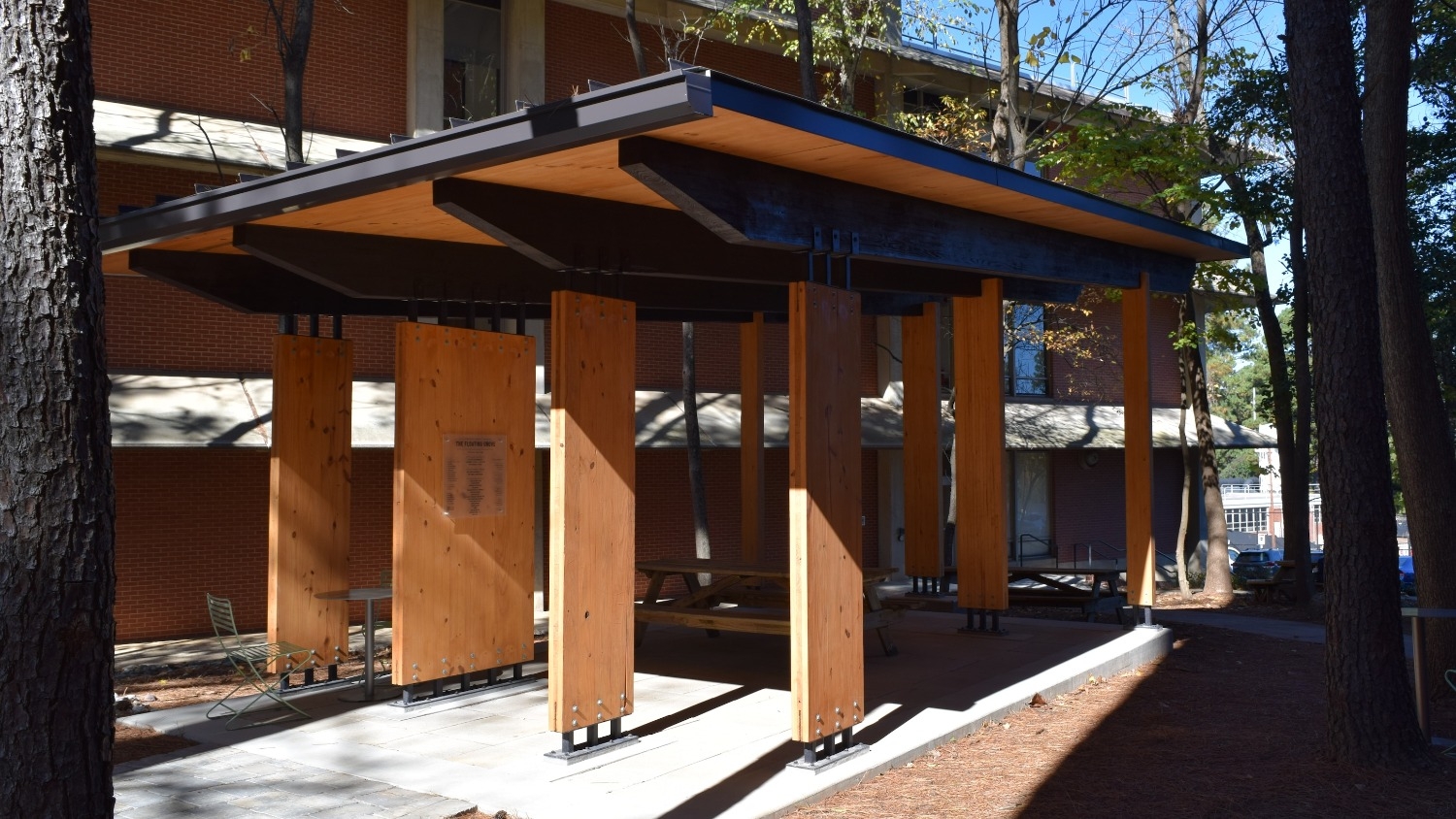Why Should Designers Care About Empathy?
by Andres Tellez, Ph.D. Candidate in Design, College of Design
As designers, our job consists of creating things—products, services or experiences—for other people. We rarely have the chance to design just for ourselves or for our immediate community. As a consequence, in order to create solutions that resonate with other people’s lives, we need to move outside our comfort zone and take the perspective of those for whom we design.
That skill—to take somebody else’s perspective—is what we usually refer as empathy. This important ability for designers can be defined as the capacity to feel what another person is feeling and to understand what that person is experiencing. When we empathize with others, heart and mind—or affect and cognition—work together to provide us a glimpse into that person’s life.
Empathy, as a result, becomes a bridge that connects us—designers—with the different realities experienced by the people we intend to serve through design, enabling us to create solutions that are better suited to satisfy their needs, expectations, and aspirations. Crossing that bridge implies to put on hold our assumptions and preconceptions about other people’s lives, and to give ourselves the chance—and even the gift—to know their experiences from first hand.
The consequence of having that first-hand encounter with other people’s reality may end up in challenging our preconceptions and giving us the opportunity to revaluate our assumptions about others. It takes work and a conscious effort to achieve this, but the rewards are immense.
So, as designers, how can we cross that bridge?
I would argue that the use of human-centered design methods is especially effective in offering designers opportunities to empathize with others. This approach to design places people at the center of the process and requires from us—designers—a deep understanding of their conditions and circumstances.
To achieve this understanding we need to build a new kind of relationship with those for whom we design—whom we usually call “users”. We need to move from a vertical relationship where “users” are a mere source of information that designers mine for our various purposes, to a more horizontal relationship where users are considered experts of their own experience and are regarded with the same respect and credibility as any other consultant in the design process.
Establishing this type of horizontal relationship reduces the perceived distance between “users” and designers, blurs the boundaries between “us” and “them,” and helps us in recognizing our commonalities as human beings, which is a first step in achieving empathy for others.
The next step for crossing the bridge to the users’ reality is to access and explore their experience through different methods like observations, interviews, prototype testing, sessions of co-creation, among others. Each of these techniques allow for different kinds of interaction and levels of involvement with the users. For instance, when conducting an observation, the level of interaction tends to be minimal since the purpose of this method is to gain insights about the users’ behavior and experience in their natural setting (i.e. where they dwell, work, study, or play). On the contrary, when conducting a session of co-creation, the level of interaction is maximized since users and designers collaborate to improve and develop new products, services, or experiences.
These interactions expose the designers to the experiences and circumstances of the users and lead them to take their perspective on a particular situation, which is one of the mental processes that generate empathy for others.
An example of how these interactions can generate empathy is the dialogue between a young diabetes patient and a designer who is creating a new system to administer insulin. Imagine the patient describing her daily life: how she has to calculate the amount of insulin she needs to inject according to what she’s planning to have for lunch, how she has to prick her fingers several times a day to measure her blood sugar levels, and how she needs to alternate the places where she injects insulin to avoid the appearance of lumps under her skin.
Now imagine the designer trying to understand her situation and feel her discomfort: listening at how this condition impacts her daily routine, observing her actions and gestures when she demonstrates her “ritual” to inject insulin, mapping her experience at dinner time when she describes the steps she follows before and after eating, and noting the risks involved when she expresses her concern about going to bed and not waking up the next day.
Beyond the initial feelings of sympathy or concern that the designer may have developed for the diabetes patient in this interaction, what is important here is how he responds after crossing the mentioned bridge and after having a glimpse into the patient’s reality, that is, the meaningful actions he can undertake to address this patient’s needs and aspirations in order to improve her situation. This response mediated by empathy is what makes this skill so valuable to design.
In sum, empathy allows us to access and explore other people’s lives, to feel and understand their circumstances, and, in the case of design, to respond to their situation by creating solutions—products, services or experiences—that resonate with their realities. Ultimately, empathy is instrumental in achieving our goal as designers: to improve people’s quality of life.



